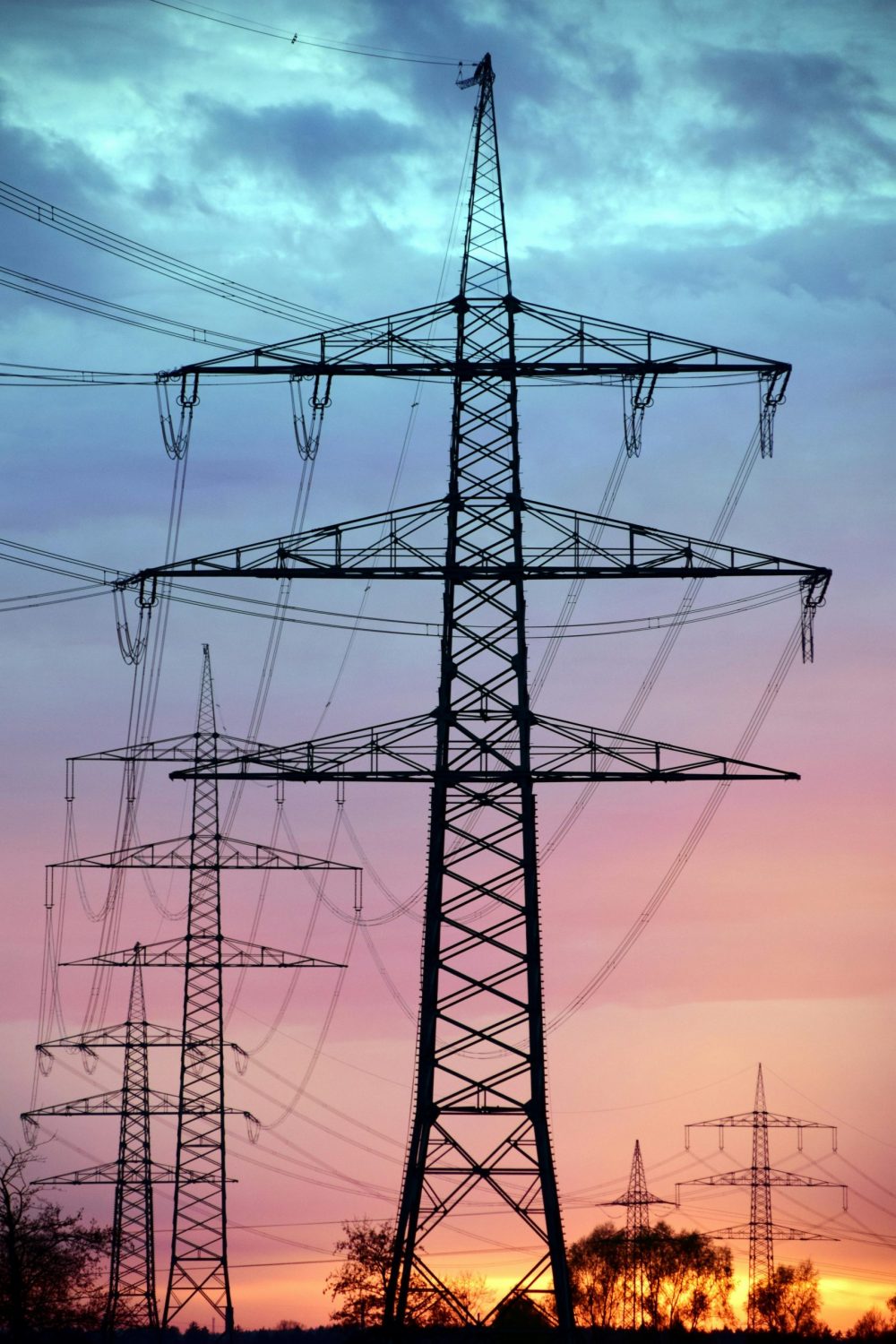The second phase of the China-Pakistan Free Trade Agreement (CPFTA2) spanning 2019 – 2024 was finalized between the two countries in early 2019 and entered its implementation phase from January 1, 2020. Negotiated well, CPFTA2 could significantly improve Pakistani exporters’ access to the USD 2 trillion Chinese import market and thus help address the country’s ballooning trade deficit. To understand how CPFTA2 can help Pakistan’s exporters meet that objective, Pakistan Business Council (PBC) commissioned the Consortium for Development Policy Research (CDPR) to undertake a preliminary assessment of China’s tariff provisions in CPFTA2.
- Posted On: September 18, 2019













